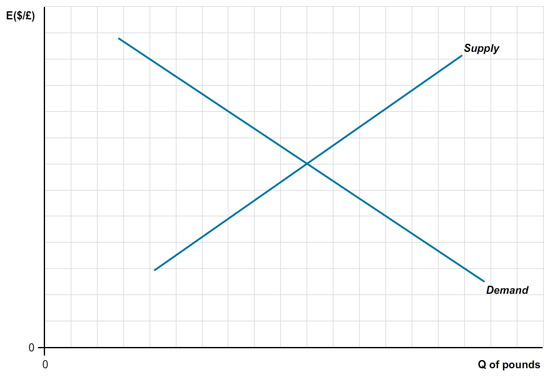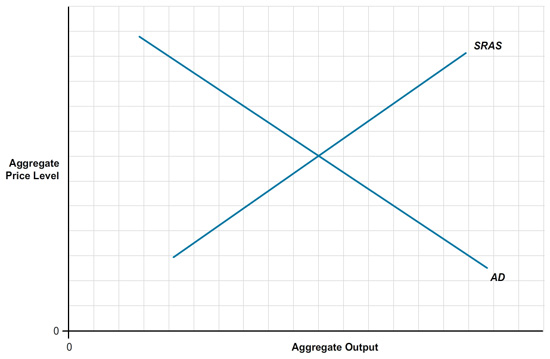Question 1 of 9
Step 1
Suppose that the United States Federal Reserve raises interest rates, while the Bank of England leaves Britain’s interest rates unchanged.
All else equal, after the rate change we would expect American assets to be to foreign investors.
Step 2
All else equal, after the rate hike we would expect British assets to be to American investors.
Step 3
On the following supply-and-demand graph for British pounds, we would expect poundholders to supply British pounds in the foreign exchange markets (versus the dollar) after the rate increase.

Step 4

We would expect dollar holders to demand British pounds in the foreign exchange markets after the rate increase.
Step 5

As a result, demand (D) and supply (S) .
Step 6

The pound will , while the dollar will .
Step 7

This pound depreciation will cause British imports from the U.S. , British exports to the U.S. , and net British exports (X – M) .
Step 8

On the short-run AS-AD graph for Britain, this change in net exports is represented by a shift in the curve.
Step 9
After this shift, the British price level , while British GDP .
